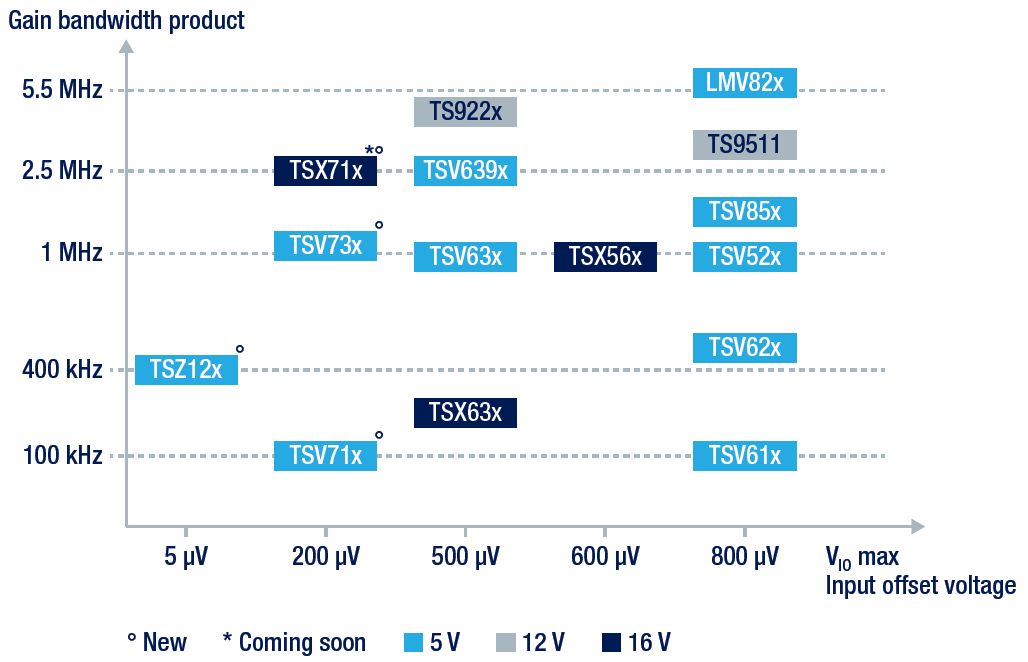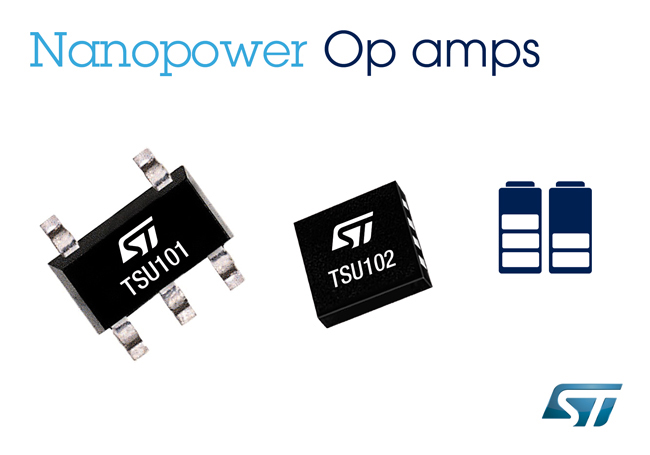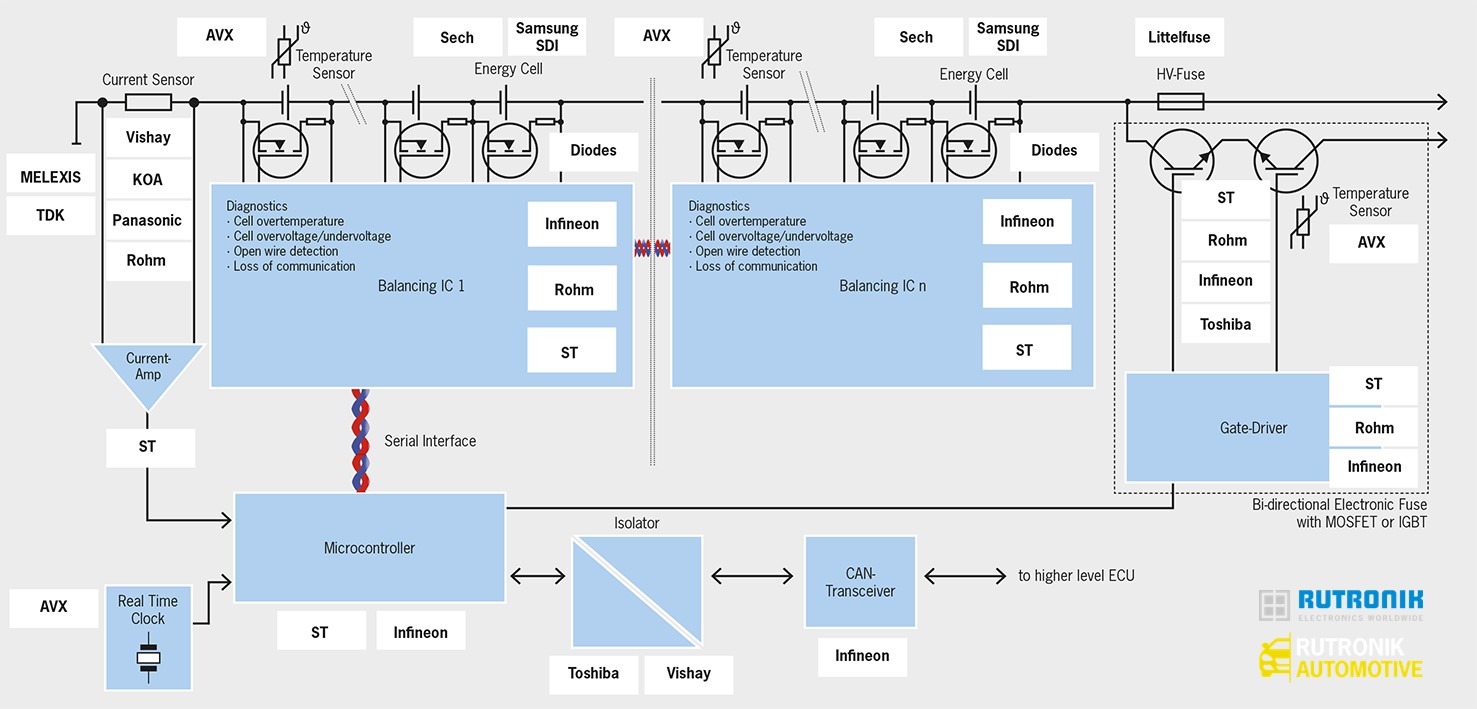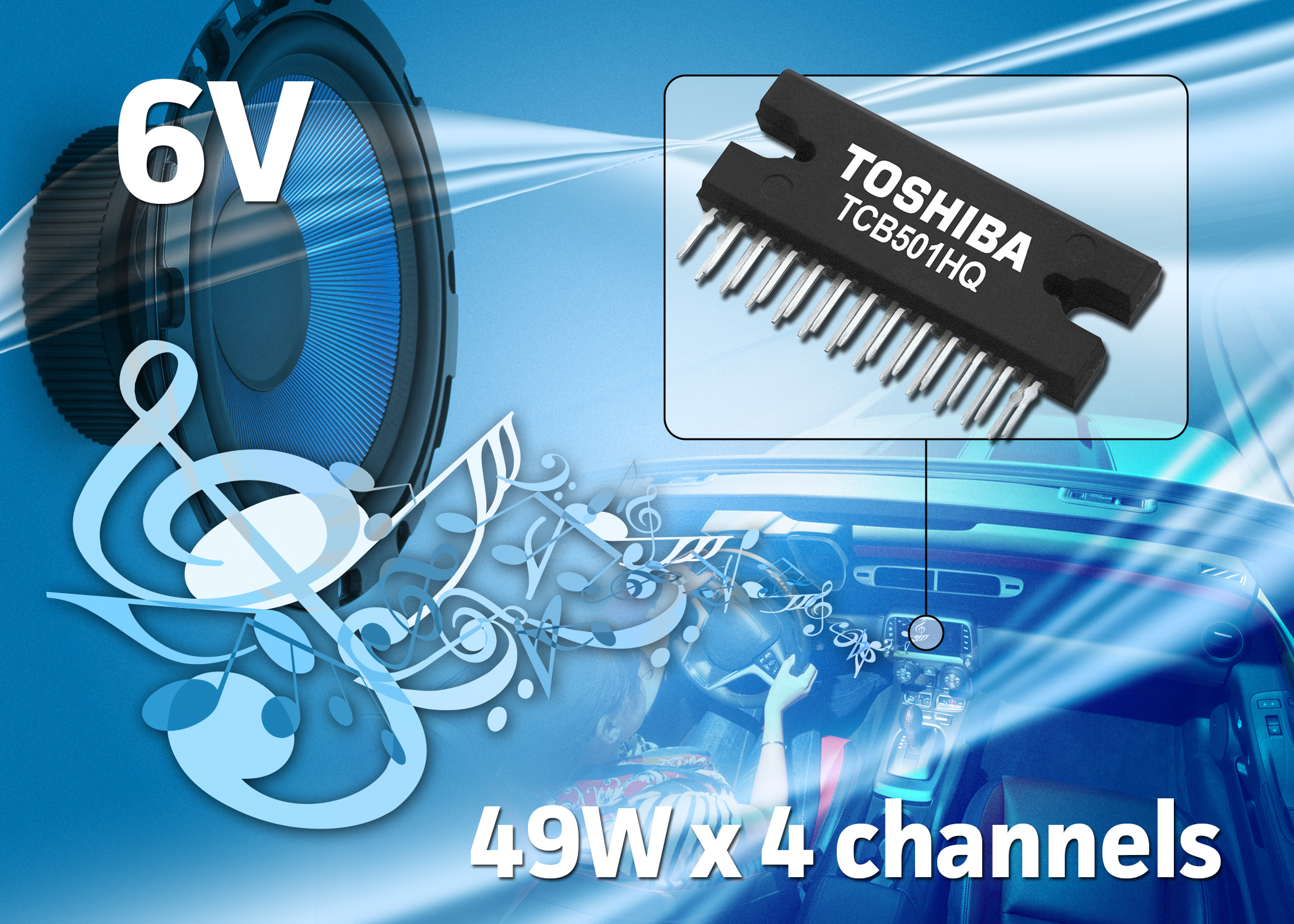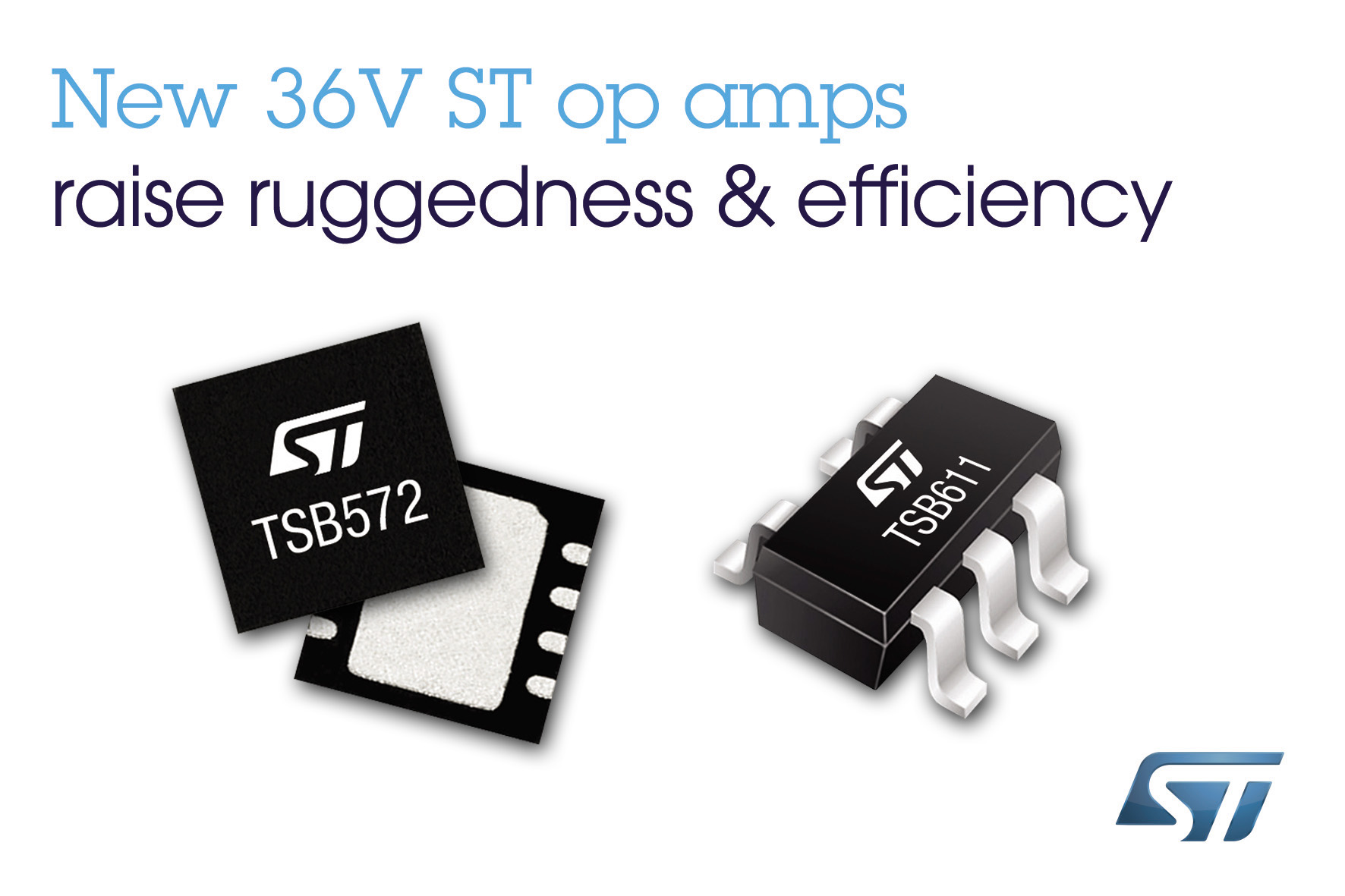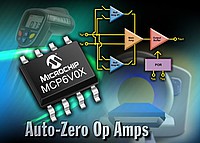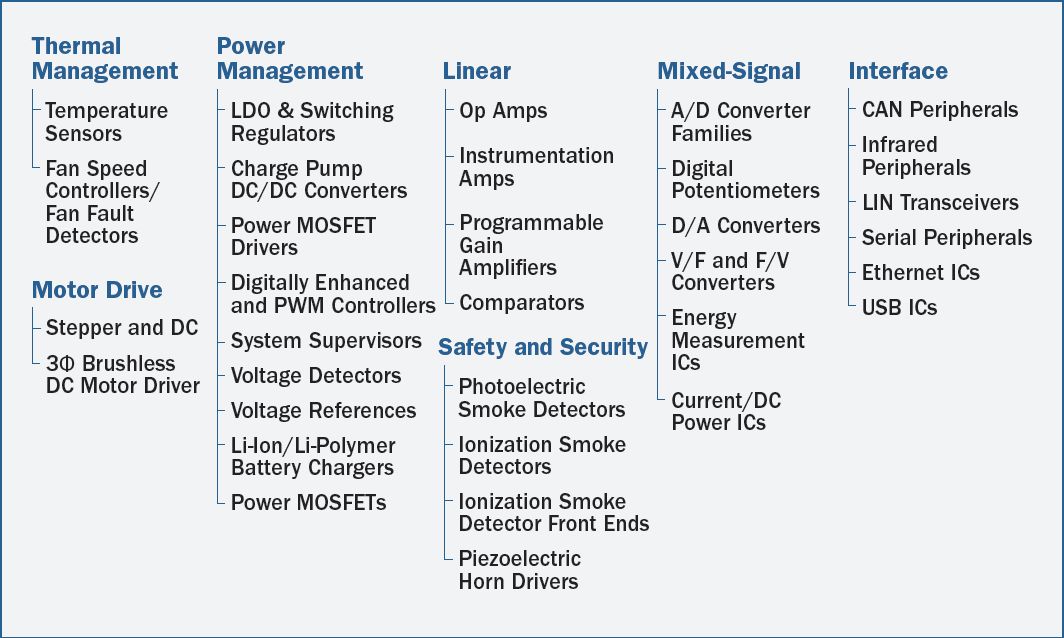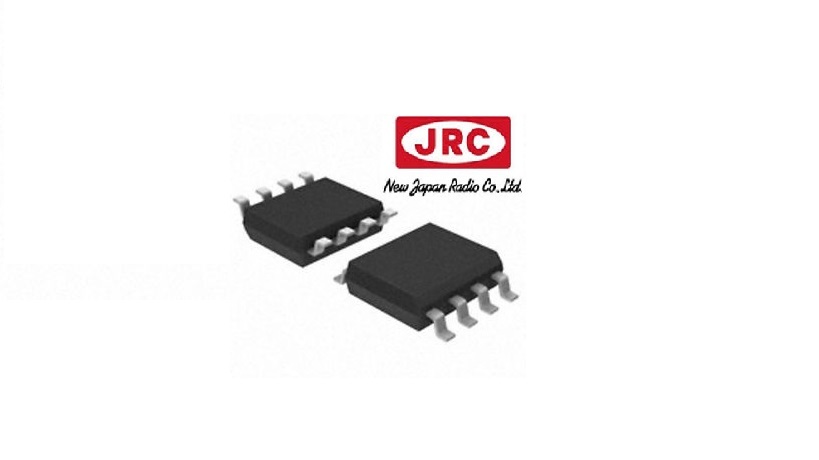ST’s Standard operational amplifier portfolio offers the following benefits for cost-sensitive applications
Standard products are in virtually every design and you just need them right away with no fuss, no Hurdles: just there. ST ensures you can get what you need the easy way and with the confidence that you have made the right choice. We have one of the broadest range of industry-standard and drop-in replacements for the most popular general-purpose analog ICs, discrete and serial EEPROM with thousands of references to help you optimize your supply base.
Standard operational amplifier:
- Support for wide supply ranges from 1.6 V to 36 V
- Available in space-saving from industry well known SC-70 and SOT-23 packages to ground breaking DFN and QFN packages
- High-temperature (150°C) versions
TYPICAL OP AMP APPLICATIONS AND KEY PARAMETERS:
Each application has different key requirements for operational amplifier performance. Generally, we can divide applications into several different categories.
Amplification of low voltage signals
When amplifying low-voltage signals, you definitely need high precision op amps since the input offset voltage directly affects your measurement. On the other hand, most low-voltage signals come from low-impedance sources; therefore, the input bias current is not critical. A differential amplifier or an instrumentation amplifier is a typical circuit. Current sensing is a typical application where you usually need low- or high-rail features and possibly an appropriate bandwidth with a slew rate to track PWM. Other applications include Wheatstone bridges circuits e.g. strain gauges, RTD sensors or resistive sensors. In such applications, rail-to-rail inputs are not needed in most cases, but you may require a low-noise device. The same can be applied to thermocouples.
Small current amplification
Sensors providing a small current will require an op amp with a low input bias current. All of these applications use a transimpedance amplifier where the input offset voltage is not usually critical. A typical application is a photodiode current sensing circuit used in communications, light curtains, smoke detectors, electrochemical gas sensors or optical heart rate monitors. In this case, the device is quite often powered from a battery so power consumption can be important or the device needs to be fast and a high slew rate may be required.
ADC buffering
Interfacing an analog signal with an ADC can be tricky since the ADC requires a high current within a short time to charge input capacitors. Often an additional capacitor is used at the op amp output which may cause stability issues and may require the use of compensation techniques. In any case, errors caused by an op amp should be less than one LSB of the ADC. Additionally, an op amp can be used as a basic antialiasing filter.
- The LM193, LM293, and LM393 devices consist of two independent low voltage comparators designed specifically to operate from a single supply over a wide range of voltages. Operation from split power supplies is also possible.
- Key Features
- Wide single-supply voltage range or dual supplies: 2 V to 36 V or ±1 V to ±18 V
- Very low supply current (0.45 mA) independent of supply voltage (1 mW/comparator at 5 V)
- Low input bias current: 20 nA typ.
- Low input offset current: ±3 nA typ.
- Low input offset voltage: ±1 mV typ.
- Input common-mode voltage range includes ground
- Low output saturation voltage: 80 mV typ. (Isink = 4 mA)
- Differential input voltage range equal to the supply voltage
- TTL, DTL, ECL, MOS, CMOS compatible outputs
- Available in DFN8 2×2, MiniSO8, TSSOP8, and SO8 packages
- These comparators also have a unique characteristic in that the input common-mode voltage range includes ground even though operated from a single power supply voltage.


